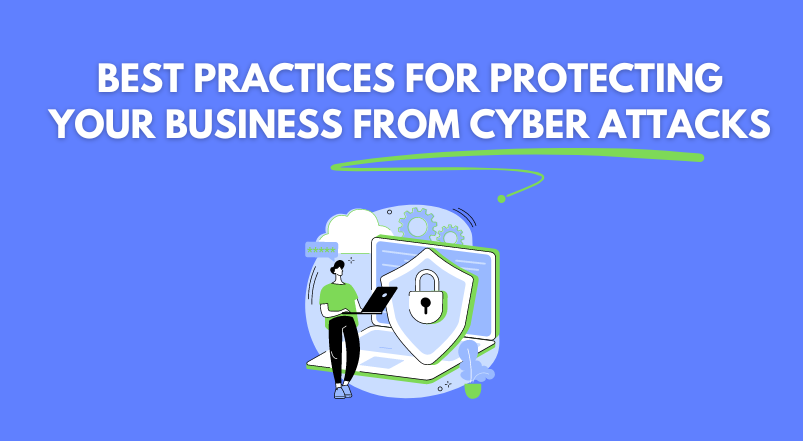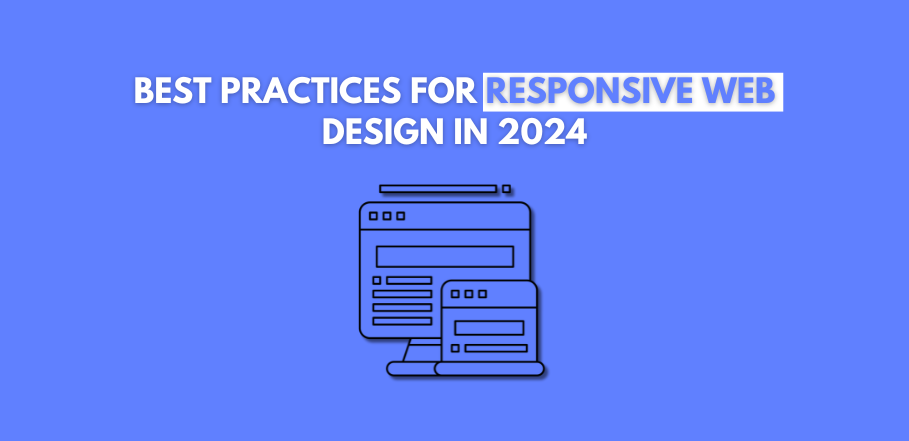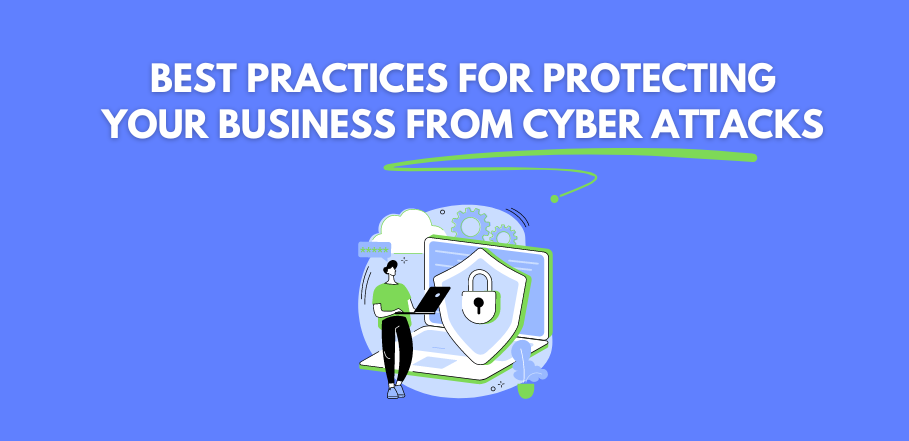
Top Cyber Security Threats to Watch Out for in 2024
As technology evolves, so do the tactics of cybercriminals. Staying ahead of cyber security threats is crucial for businesses to protect their data, maintain customer trust, and ensure operational continuity. Here are the top cyber security threats to watch out for in 2024 and strategies to mitigate them.
1. Ransomware Attacks
Ransomware continues to be a significant threat, with cybercriminals targeting organizations to encrypt their data and demand ransom for its release.
- Sophisticated Attacks: Expect more sophisticated ransomware variants that can evade traditional security measures.
- Double Extortion: Attackers may not only encrypt data but also threaten to publish sensitive information unless the ransom is paid.
Mitigation Strategies:
- Regularly back up data and store it offline.
- Use advanced endpoint protection and intrusion detection systems.
- Educate employees on recognizing phishing attempts.
2. Phishing and Social Engineering
Phishing attacks, which trick individuals into divulging sensitive information, are becoming more targeted and convincing.
- Spear Phishing: Customized attacks targeting specific individuals within an organization.
- Deepfake Technology: Use of AI to create convincing but fraudulent audio or video messages.
Mitigation Strategies:
- Implement multi-factor authentication (MFA).
- Conduct regular phishing simulations and training.
- Deploy email filtering solutions to detect and block phishing emails.
3. Supply Chain Attacks
Cybercriminals are increasingly targeting supply chains to gain access to larger networks through less secure third-party vendors.
- Indirect Attacks: Breaching a smaller vendor to access larger, more secure organizations.
- Software Supply Chain Attacks: Injecting malicious code into widely-used software updates.
Mitigation Strategies:
- Vet third-party vendors for security practices.
- Implement strict access controls and monitor third-party access.
- Regularly update and patch all software to fix vulnerabilities.
4. IoT Vulnerabilities
The proliferation of Internet of Things (IoT) devices introduces new vulnerabilities, as many of these devices lack robust security measures.
- Botnets: Compromised IoT devices used to launch large-scale attacks.
- Data Breaches: Unauthorized access to sensitive data collected by IoT devices.
Mitigation Strategies:
- Secure IoT devices with strong passwords and encryption.
- Regularly update firmware and software on IoT devices.
- Segment IoT devices on a separate network.
5. Artificial Intelligence (AI) and Machine Learning (ML) Threats
While AI and ML are powerful tools for enhancing security, they can also be exploited by cybercriminals to create more sophisticated attacks.
- Automated Attacks: Using AI to automate and scale attacks.
- Evasion Techniques: Employing ML to bypass security defenses.
Mitigation Strategies:
- Invest in AI-driven security solutions to detect and respond to threats.
- Continuously monitor and adapt to emerging AI/ML threats.
- Train security teams to understand and mitigate AI-based attacks.
6. Cloud Security Risks
As businesses migrate more data and applications to the cloud, securing cloud environments becomes increasingly important.
- Misconfigurations: Improperly configured cloud services can lead to data breaches.
- Insider Threats: Employees or contractors with legitimate access abusing their privileges.
Mitigation Strategies:
- Implement robust cloud security policies and procedures.
- Use cloud security tools to monitor and protect cloud environments.
- Conduct regular audits and penetration tests of cloud infrastructure.
7. Zero-Day Exploits
Zero-day vulnerabilities, which are unknown to the software vendor, can be exploited by attackers before a fix is available.
- Advanced Persistent Threats (APTs): State-sponsored or highly skilled attackers targeting critical systems.
- Rapid Exploitation: Exploits are developed and deployed quickly after a vulnerability is discovered.
Mitigation Strategies:
- Stay informed about emerging vulnerabilities and apply patches promptly.
- Use threat intelligence to detect and respond to zero-day exploits.
- Employ advanced security tools that can identify and mitigate unknown threats.
Conclusion
Staying vigilant and proactive is essential to protecting your business from the ever-evolving landscape of cyber security threats. By understanding these top threats and implementing effective mitigation strategies, you can safeguard your data, maintain customer trust, and ensure the resilience of your operations. At EZ Brand Builders, we are committed to helping you navigate the complexities of cyber security and build a robust defense against potential threats. Stay ahead of cybercriminals by adopting these best practices and protecting your business in 2024 and beyond.









